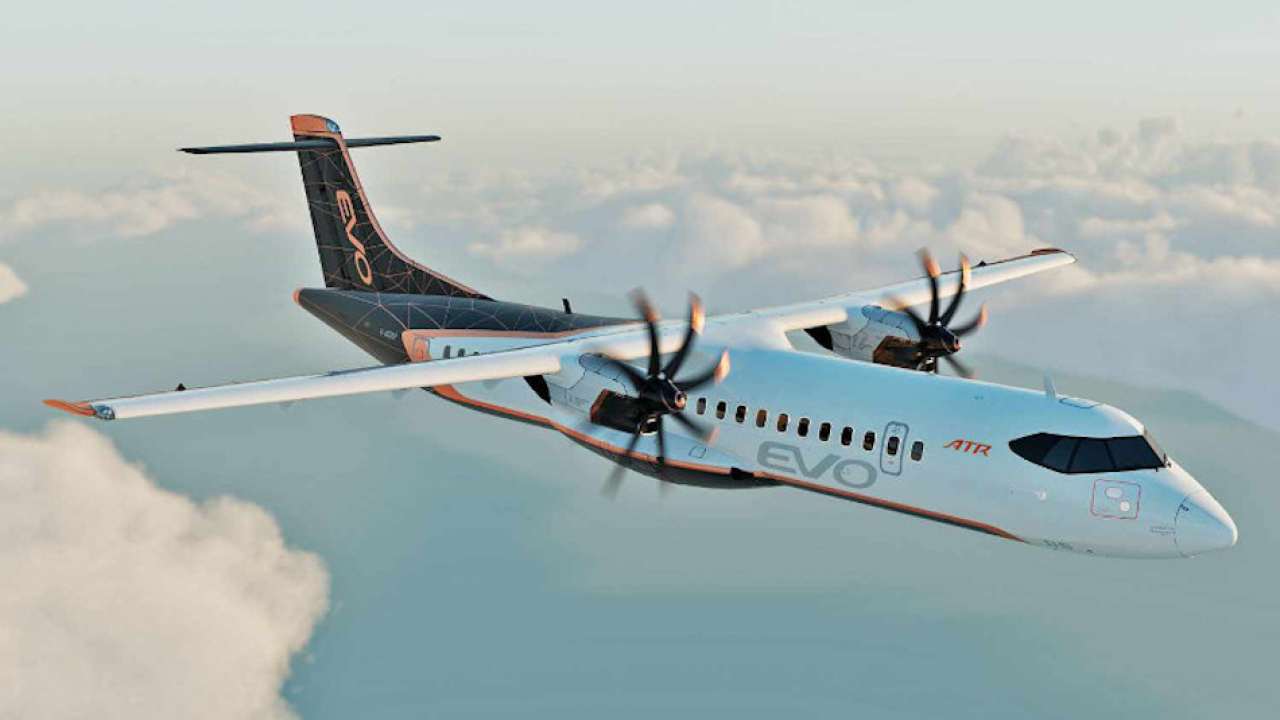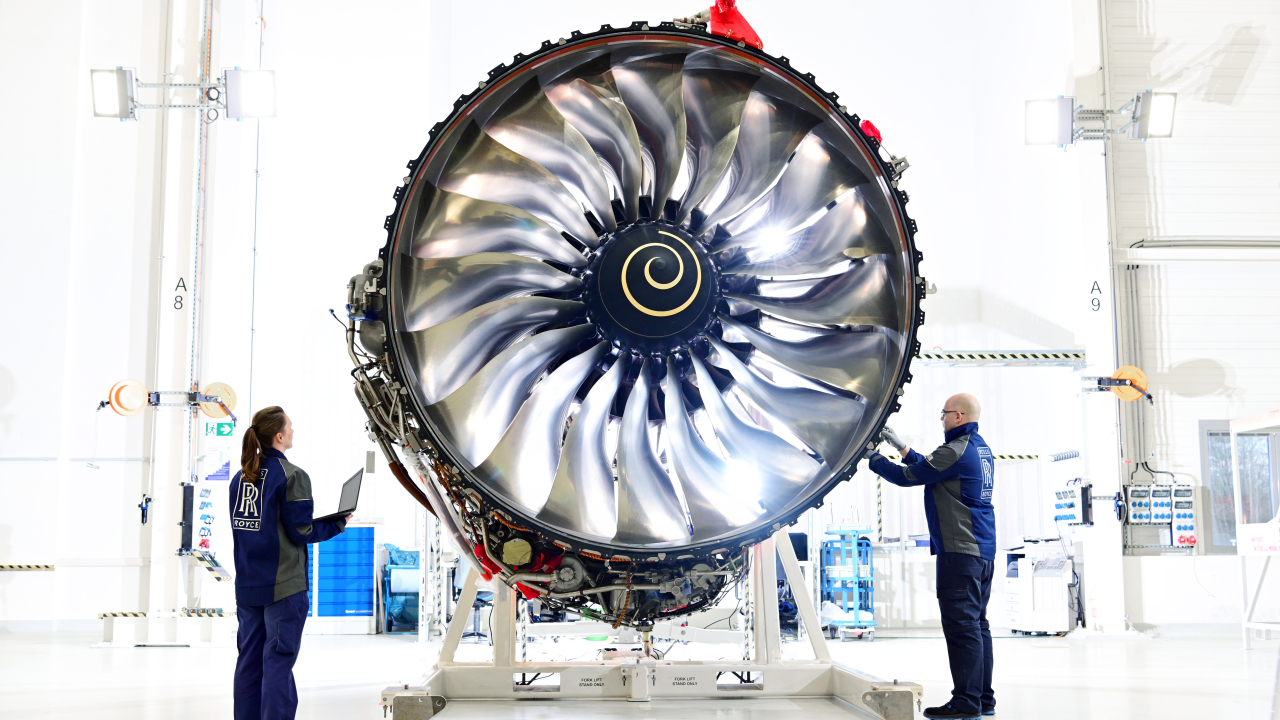ATR, Pratt & Whitney Canada work targets new turboprop in 2035
More details are emerging at the Paris Air Show on how airframer ATR and engine-maker Pratt & Whitney Canada (P&WC) plan to improve on the ATR 72-600 as they target 2035 for entry into service of a new aircraft, reports Aviation Week.

Despite postponing its next-generation EVO project, ATR, along with P&WC, continues to examine how to improve the ATR 72-600 (photo: ATR).
Despite ATR’s postponement of its next-generation EVO project, the two companies are proceeding with research and technology work toward a hybrid-electric propulsion system. The timeframe illustrates the commercial aircraft sector’s struggles to move away from conventional engines and meet its decarbonisation objective.
ATR and P&WC are considering a major evolution of the current PW127XT turboprop, according to Daniel Cuchet, ATR’s head of engineering. They are counting on new materials to withstand higher temperatures and therefore cut the turboprop engine’s fuel consumption.
“We are talking about two-digit improvements in power and efficiency,” Cuchet says. The two companies are simultaneously exploring a hybrid-electric powertrain, where both the thermal engine and an electric motor can drive the propeller.
Batteries would be associated to a converter to supply 800VDC current to the motor, itself connected to the main gearbox. As ATRs do not have auxiliary power units and often operate from airports with little ground support equipment, the layout would enable recharging the batteries in 15-20 min. between flights.
Compared to thermal efficiencies, which are already very high, batteries leave much more room for improvement, Cuchet says. “That is what you need to work on as a priority,” he says.
He thus praises the recent announcement by Safran and Saft to work jointly on the next generation of batteries. The two companies intend to rely on lithium manganese ferro phosphate chemistry for higher specific energy, measured in energy content per weight unit.
As a third avenue of progress, ATR engineers are going to study the airframe’s aerodynamics, including engine integration. They may also find ways to reduce the aircraft’s weight, Cuchet adds.
“With those technologies, we are thinking of 2035 for entry into service,” he says. “And you can work on all those subjects in parallel.”
They may thus feed the broader EVO project, which also includes new avionics. Or they may enable an earlier evolution of the ATR 72-600, Cuchet says.
Stay up to date
Subscribe to the free Times Aerospace newsletter and receive the latest content every week. We'll never share your email address.

